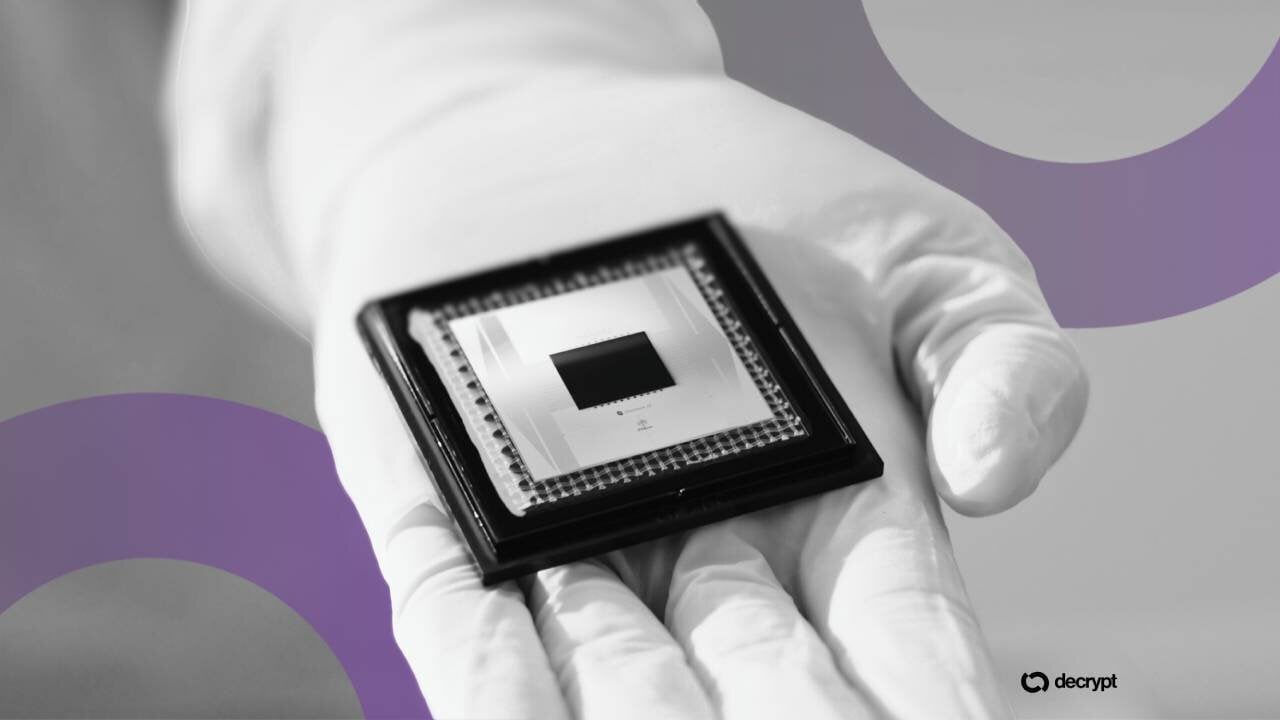Lombard Finance launches yield-bearing Bitcoin token LBTC on Solana with $1.5b backing
A new decentralized Bitcoin derivative by Lombard Finance is set to offer 1% APY while maintaining full BTC backing across bridge to Solana.
- Lombard Finance will offer the yield bearing asset alongside Base, Sui and Ethereum offerings.
- Yield bearing on Solana in Bitcoin is the latest offering to bring the protocol’s $1.5 billion in capital to the layer 1.
On Aug. 28, Lombard Finance officially launched LBTC, its yield-bearing Bitcoin token, on Solana (SOL), bringing the protocol’s $1.5 billion in circulating capital to a Bitcoin fusion with rival layer-1 Solana.
How Lombard Finance’s yield-bearing Bitcoin will transform DeFi on Solana
The SPL token represents a significant expansion for LBTC, which already operates on Ethereum (ETH), Base (BASE), and Sui (SUI) networks, but now will offer 1% APY though Bitcoin staking via Babylon Labs, the company said in a social media post.
As part of the arrangement, Lombard Finance will maintain full decentralization of its BTC through its Security Consortium validator network that allows for real-time proof of reserves for complete transparency.
Lombard Finance embarks on new Bitcoin yield bearing entities
The token’s non-rebasing design, the company says, will allow for seamless integration into decentralized finance protocols, money markets, and structured products without compatibility issues faced by other bridges. This feature addresses a critical limitation in the current Solana Bitcoin ecosystem, where users have been restricted to non-yielding BTC derivatives from centralized issuers.
Solana users will be able access LBTC through four primary methods: directly staking Bitcoin to mint LBTC as an SPL token, swapping cbBTC for LBTC with minimal 1 basis point fees on Meteora, or converting any asset to LBTC, or bridging existing LBTC from Ethereum using LayerZero infrastructure.
The launch includes immediate integration with major Solana protocols. Users can trade LBTC/SOL perpetuals on Drift Protocol, utilize the token in lending markets on Jupiter and Kamino Finance, and benefit from near-zero fee swaps on Meteora from day one.
The expansion represents Lombard’s strategy to capture growing demand for yield-generating Bitcoin products while maintaining the security and upside potential that makes Bitcoin attractive to institutional and retail investors seeking capital efficiency improvements.
You May Also Like

Ethereum Set to Debut ‘Key to Layer-2 Scaling’ as Fusaka Upgrade Clears Final Test

IBM’s Quantum ‘Cat’ Roars: 120-Qubit Breakthrough Pushes Bitcoin’s Encryption Risk Closer
